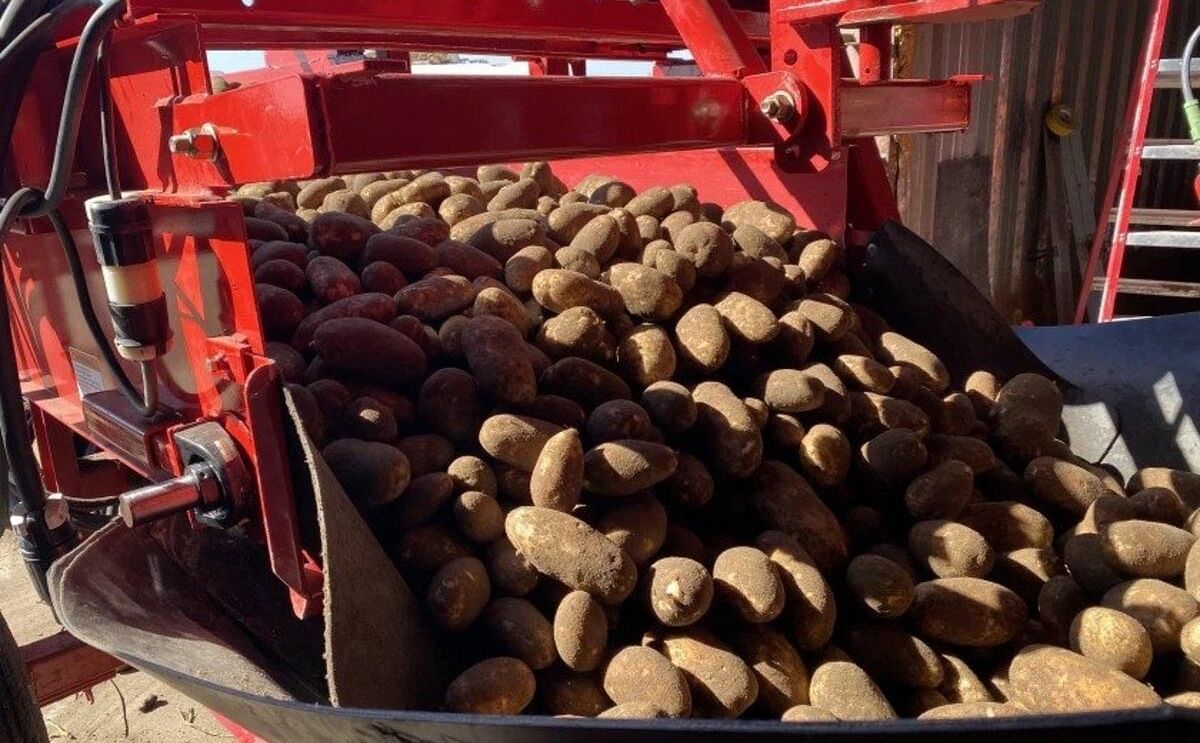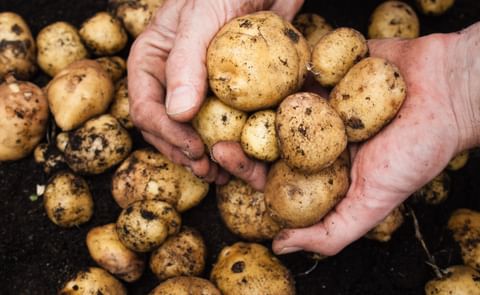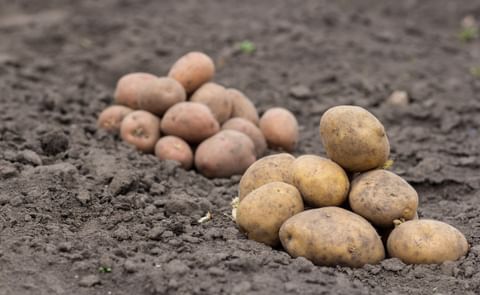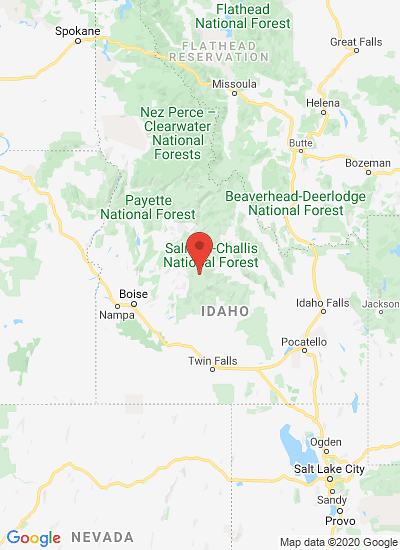Potatoes, fresh from the field, bump onto a belt before being transferred to a storage shed outside of Boardman, Oregon. (Courtesy:Northwest News Network)
Too much potatoes for French Fries in Pacific Northwest

About 5,000 loaded-down semi-trucks of really nice Northwest french-fry-making potatoes are set to plop into cattle troughs or be destroyed. Dale Lathim is the President of the Potato Marketing Association of North America.
Dale Lathim:
"It is disheartening, obviously when you produce a crop you want to take advantage of all you can produce. It’s an economic hit, it’s a phycological slap in the face."
It’s been a better year for Northwest french-fry-making potatoes than the last couple of years – too good in fact. Lathim said farmers eagerly planted more spuds this year than last. That all totals up to a big potato glut. Now, massive amounts of spuds must be destroyed: 165,000 tons of them.
The tubers are from Washington, Oregon, Idaho and Alberta.
Lathim said the industry has had two years of shortages but this year farmers overblew the hole by growing an additional 55,000 acres. In Lathim’s 30 years in the industry, he said he has never seen anything like it.
Dale Lathim:
"Not wanting to be the last one standing in the game of musical chairs, they went ahead and are already starting to dump potatoes to feedlots, dairies, anyone that will take them."
He said the unwanted spuds without a home keep costing growers. Even if they are not sold, they have to be harvested, transported and disposed of properly. That’s because he said they can cause disease, rot and insect problems if piled up or left in the earth.
Of the 55,000 acres, only about 5,000 acres of potatoes total will be destroyed – that’s because the pipeline was so empty. But it’s still a huge amount of spuds.
This problem will likely carry over to next year’s farmers’ woes. That’s because 10% more potatoes from this year will be used next year by major potato processors – the companies have already warned growers they will have to cut back an additional 10% in 2024.
The sheer volume of the glut problem makes it hard for food banks to absorb the excess, even. However, Lathim said he’s willing to help coordinate a pickup from any Northwest food bank that wants to take the extra taters.








